Autonomous robot dogs are highly advanced machines that are transforming the manufacturing industry. These specialized robotic innovations are being used to tackle complex challenges in production, maintenance, and logistics.
These versatile machines are designed to navigate intricate environments. They replicate the movements of real dogs, utilizing state-of-the-art sensors, cameras, and software, which enables them to perform tasks that require mobility, dexterity, and decision-making in dynamic conditions.
Interface products aid in the development and testing of robotic dogs, providing precise measurements for performance analysis.
By integrating Interface’s advanced force measurement technologies into robot dogs, manufacturers can achieve higher precision and functionality, enhancing the overall performance of their robots.
Types of Interface Products Used in Robotic Dogs
- Load cell force data can help to adjust grip strength, ensuring they apply just the right amount of force without damaging either the item or themselves.
- Load button load cells integrated into the robot’s feet measure ground contact forces, which are crucial for assessing stability and balance.
- Multi-axis sensors capture complex force and torque data during dynamic movements, aiding in locomotion optimization and stress analysis.
- Wireless instruments enable real-time data transmission, facilitating field testing and performance monitoring.
- Mini Load Cells provide data to autonomously adjust their movement and force application when lifting or moving a component.
These technologies collectively contribute to evaluating stability, analyzing movements, assessing performance across terrains, and ensuring the robot’s long-term durability.
Robotics Dogs Use Cases in Manufacturing
Robotic dogs are already being deployed in manufacturing environments for various tasks, including quality monitoring, inventory management, security, and safety checks. The following highlights the use of robotic dogs in various manufacturing functions.
#1 Inspection and Monitoring: By utilizing Interface’s force sensors, robot dogs can be programmed to measure the forces acting on machinery or products, allowing them to detect subtle changes in force or pressure that may indicate potential issues.
#2 Object and Material Handling: Force sensors can be used to accurately measure the amount of force applied by the robot dog when it handles or manipulates objects. This ensures that delicate materials are not damaged and heavy items are handled safely.
#3 Predictive and Routine Maintenance: By integrating load cells and force sensors, robot dogs can collect valuable data that can be used for predictive maintenance. For instance, the sensors can monitor the performance of various machines in the facility, recording changes in force or load that may indicate wear and tear. This data can be analyzed to predict when maintenance is needed, preventing equipment failure and reducing costly downtime.
#4 Security Patrols: Robotic dogs provide continuous, mobile surveillance in diverse environments, enabling them to detect anomalies and navigate challenging terrains, thereby increasing security efficiency. They can patrol hazardous areas, reducing human risk, and are used in military, industrial, and private security settings for persistent monitoring.
#5 Hazardous Environments: Robotic dogs excel in hazardous environments by remotely navigating and inspecting dangerous areas, minimizing human risk. Equipped with sensors and cameras, they collect vital data from facilities, thereby enhancing safety and enabling informed decisions without requiring direct human exposure.
The combination of autonomous robot dogs and Interface’s advanced load cells and force sensors represents a powerful leap forward in the manufacturing industry. As the world continues to move toward more automated and intelligent manufacturing processes, the role of autonomous robot dogs will become increasingly critical, with Interface sensors playing a key role in ensuring precision and reliability.
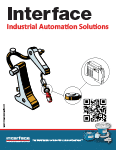
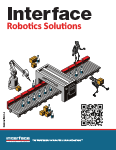

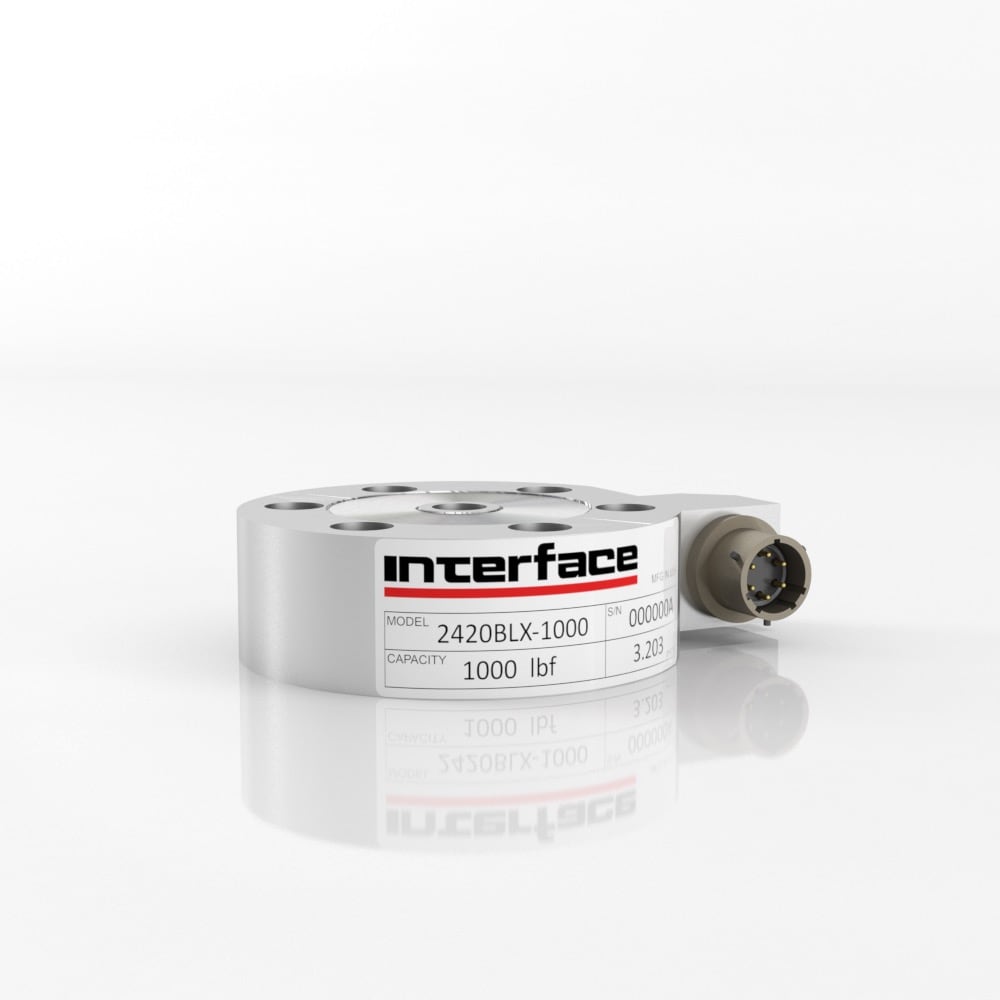

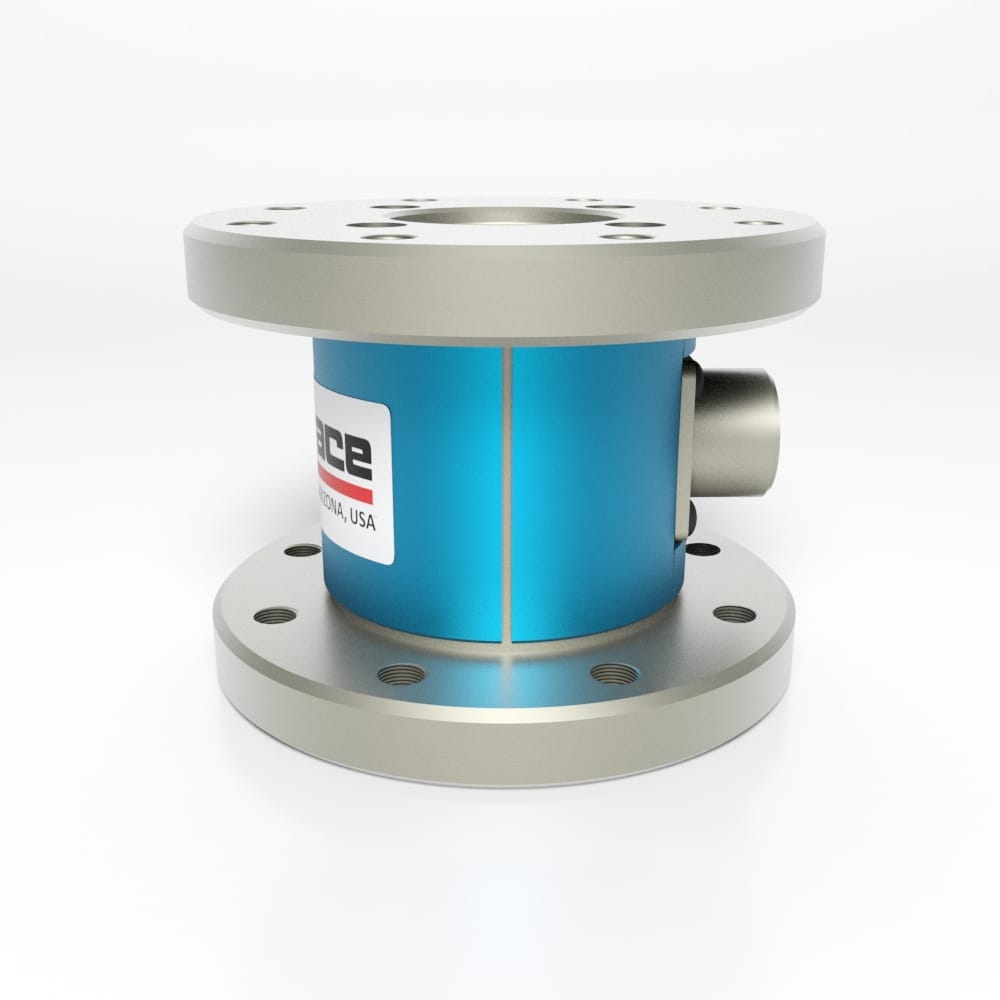



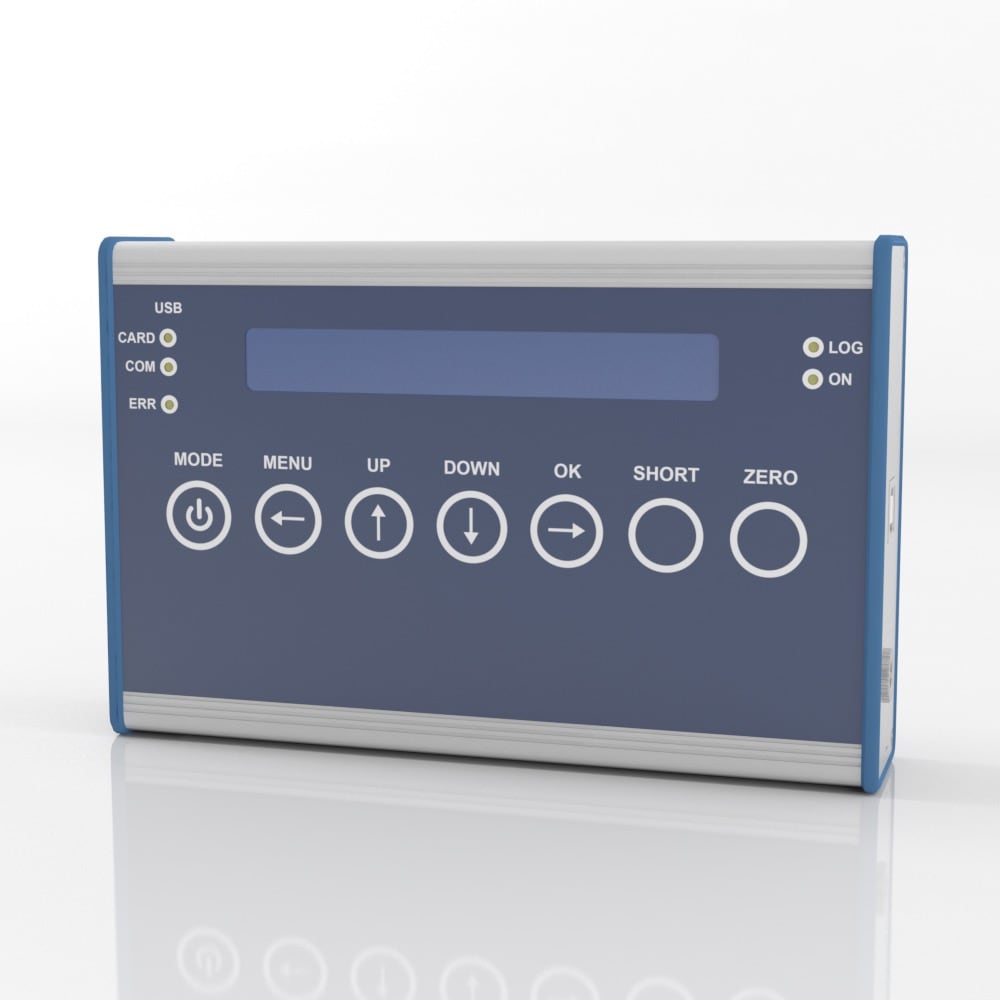
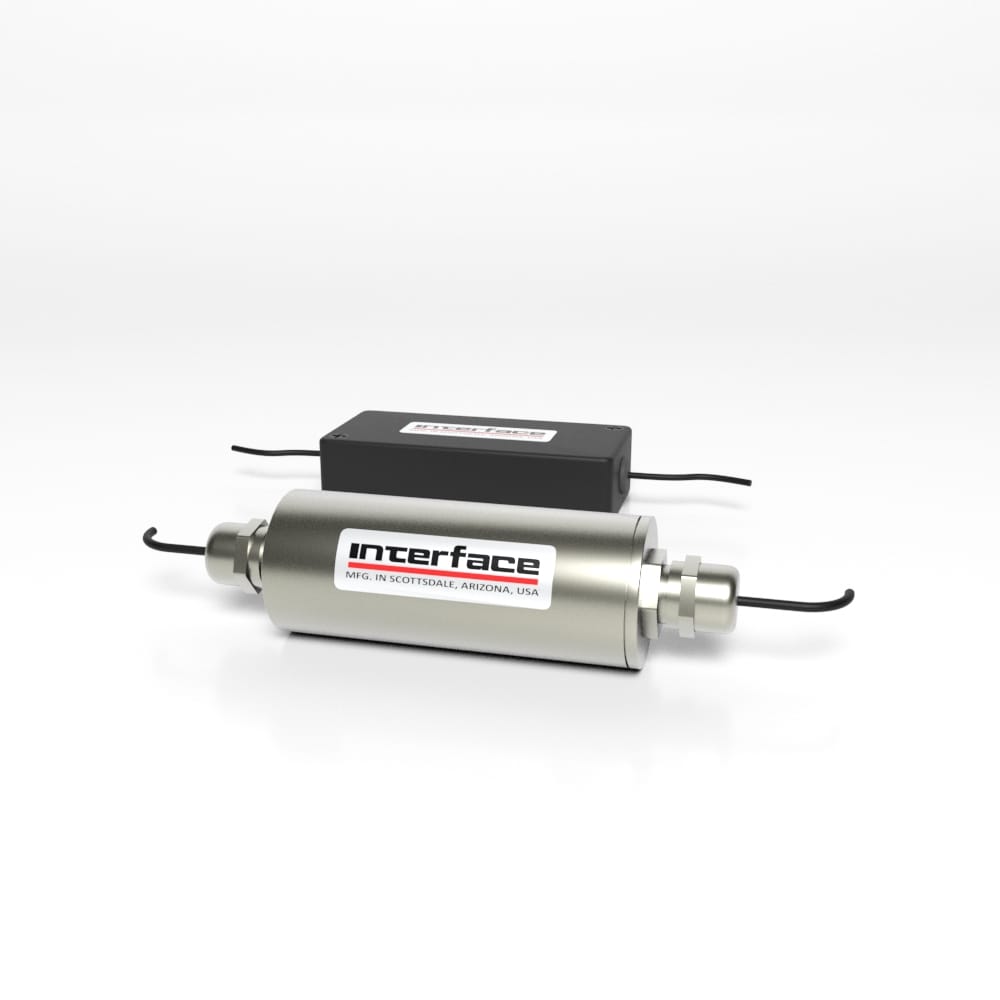
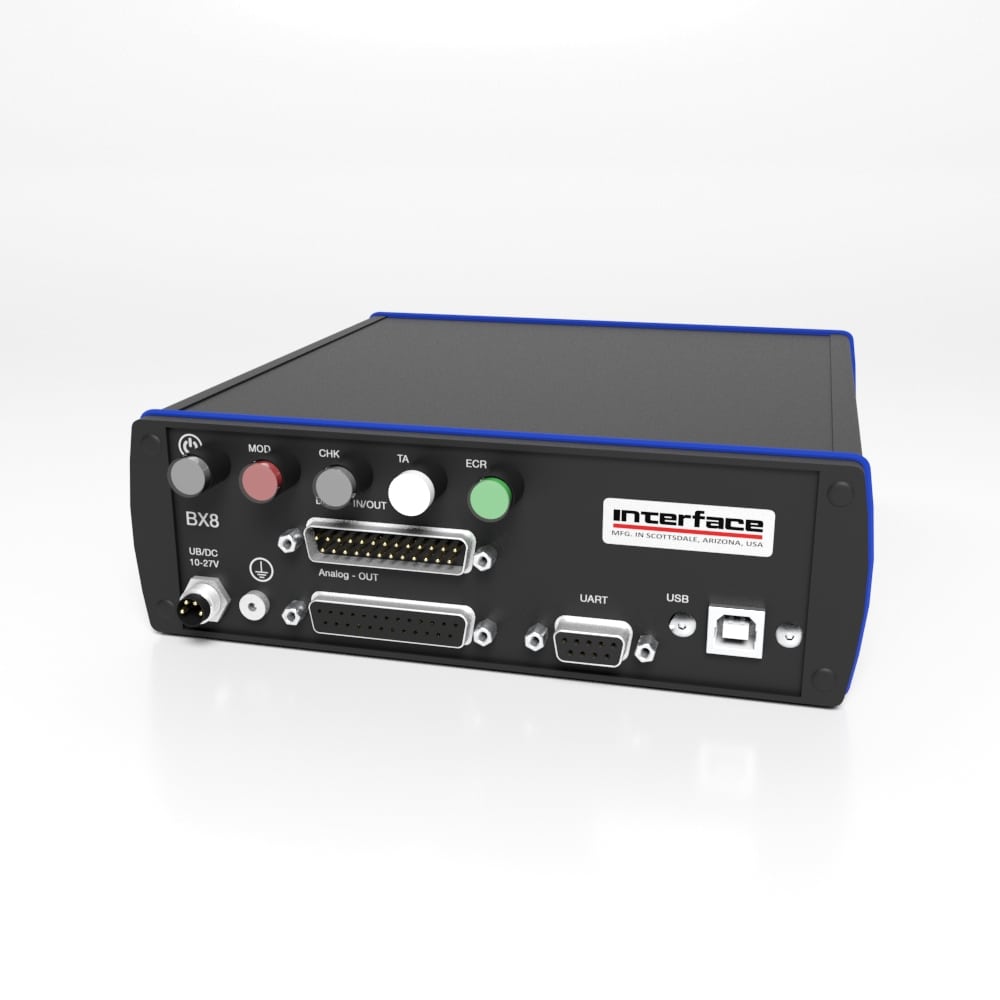


Interface Solutions for Production Line Engineers
/in Blog /by Jamie GlassDue to the influence of IoT, AI and big data, the role of production line engineer has become far more critical as manufacturers demand peak efficiency. These engineers need to stay current in automation technologies used to design, build, and […]
Taking Measure of Miniature Load Cells Webinar
/in Virtual Event /by Jamie GlassInterface force measurement engineers and solution experts host an online discussion focused on products used to withstand one or more conditions related to temperature, cycling, moisture, environmental stresses. Learn about Interface’s stainless steel load cells, environmentally sealed options, submersible test and measurement products, enclosures, wireless capabilities, load pins, intrinsically safe products. We detail solutions used for all types of applications used in industries that include medical device, aerospace and defense, industrial automation, infrastructure, maritime and general test & measurement. We discuss sensors models, capabilities, features and FAQs. We dive into use cases, tips, measurement know-how and OEM products.
Interface Solutions for Machine Builders
/in Blog /by Jamie GlassNo matter the industry, if products are being made chances are industrial machines are involved in some part of R&D, testing, production, and distribution. Engineers involved in the design and manufacturing of these machines require the highest quality sensors, tools […]
Weighing Your Options Webinar
/in Virtual Event /by Jamie GlassInterface force measurement experts detail solutions used for all types of weighing and lifting applications. We discuss sensor models, capabilities, features and tips using various load cells, load pins, shackles, tension links, weighcheck systems and instrumentation. Learn about use cases, FAQs, measurement applications, options for harsh environments and OEM products. If you are exploring quality measurement solutions that provide high accuracy and reliability for scales, cranes, lifting equipment or tools, join us.
Exploring Interface Capabilities and Differentiators
/in Blog /by Jamie GlassInterface is the largest producer of load cells defined by a particularly important core differentiator. The Interface difference is precision. How do we maintain this standard of excellence? Interface is directed by our foundational 4-pillars for success: quality, service, accuracy, […]
Making Products Smarter with Interface OEM Solutions
/in Blog /by Jamie GlassProducts need to be smart in today’s world. Whether it is consumer or commercial, people expect added functionality in everything. From coffeemakers and exercise equipment to large industrial machinery used in massive infrastructure projects, sensors play a crucial part in […]
New Interface Case Study Exams Weighing and Scales
/in Blog /by Jamie GlassTest and measurement are used in the development and monitoring of manufactured goods across all industries. With a history of producing force measurement solutions for more than five decades, Interface has supplied a myriad of sensor devices for hundreds of […]
Force Sensing Keeps Factories Running Feature in Fierce Electronics
/in Blog, News and Press /by Jamie GlassIn the recent article, ‘May the force be with you: Force sensing keeps factories running, product quality high’ Dan O’Shea at Fierce Electronics writes about the growing demand for sensors in industrial automation applications. Following his interview with Interface’s Keith […]
Why Civil Engineers Prefer Interface Products
/in Blog /by Jamie GlassInfrastructure is one of the most vital industries that utilize Interface force measurement solutions. Our products are chosen for the design, engineering and construction of public works projects including roads, energy structures, bridges, dams, airports, sewage systems, and pipelines. Civil […]
Interface Airplane Static Testing Case Study
/in Blog /by Jamie GlassInterface is a preferred supplier of precision force measurement solutions for the aerospace industry and our products are frequently used to help perform critical testing on all types of commercial, industrial, and military aeronautical vehicles. During the engineering and manufacturing […]